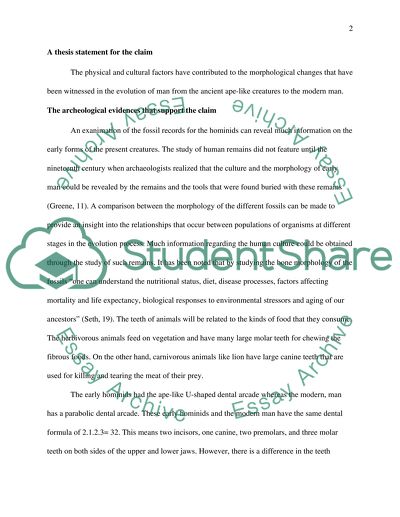Cite this document
(“A Theme In Human Evolution Research Paper Example | Topics and Well Written Essays - 1250 words”, n.d.)
Retrieved from https://studentshare.org/history/1423181-a-theme-in-human-evolution
Retrieved from https://studentshare.org/history/1423181-a-theme-in-human-evolution
(A Theme In Human Evolution Research Paper Example | Topics and Well Written Essays - 1250 Words)
https://studentshare.org/history/1423181-a-theme-in-human-evolution.
https://studentshare.org/history/1423181-a-theme-in-human-evolution.
“A Theme In Human Evolution Research Paper Example | Topics and Well Written Essays - 1250 Words”, n.d. https://studentshare.org/history/1423181-a-theme-in-human-evolution.


